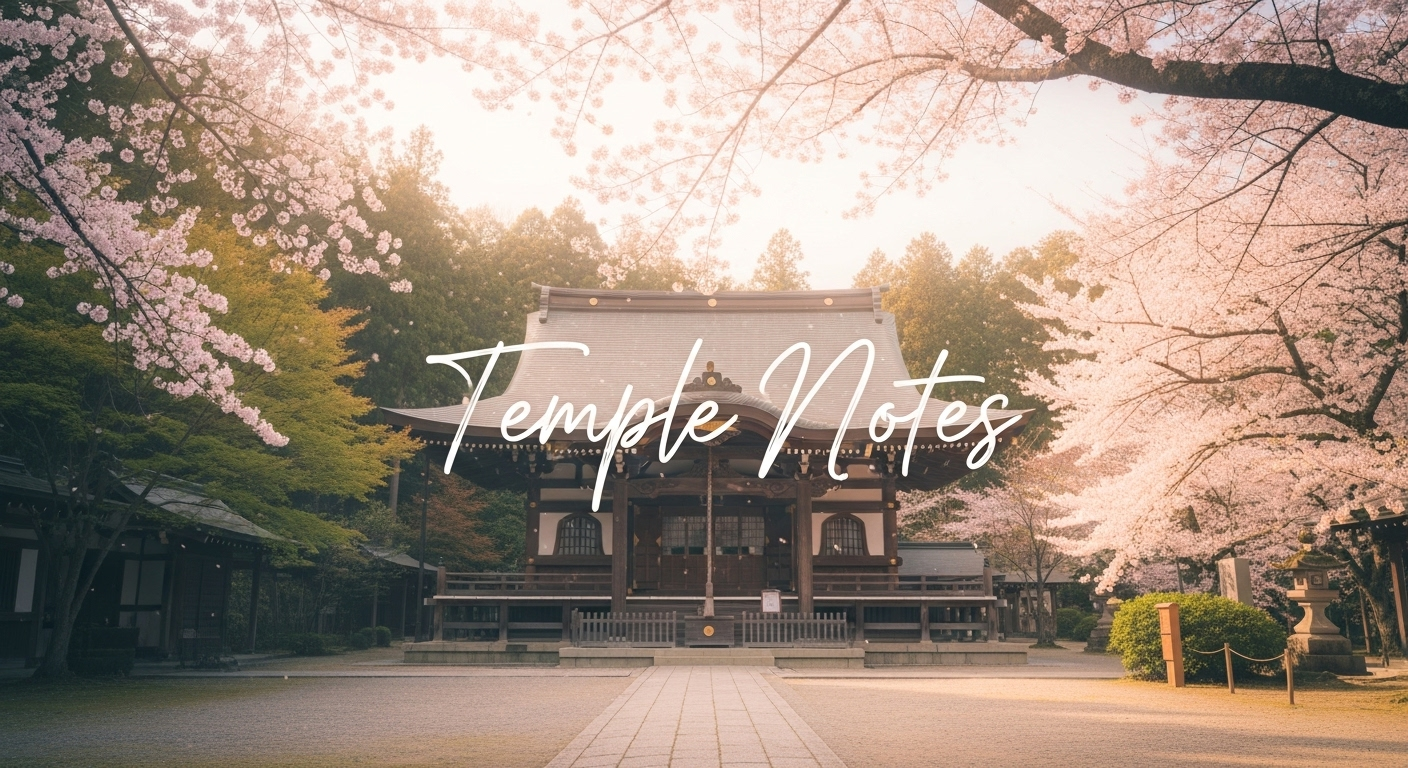When people search for “Amitabha Buddha,” they often wonder: Who exactly is this Buddha? Why is he enshrined in so many temples? And what kinds of blessings are associated with him? In short, Amitabha Buddha is revered as the one who guides all beings to the Pure Land of Ultimate Bliss. By learning the meaning of his name, his origins, and the spread of his faith, we can gain a deeper understanding of his essence and the benefits he offers. This article explores Amitabha Buddha’s name and symbolism, his historical background, the blessings attributed to him, and how his presence is honored in temples. By the end, you will find a richer perspective on Amitabha Buddha and the role this faith can play in both religious practice and daily life.
- Who is Amitabha Buddha? Meaning and Main Characteristics
- The Origins and Historical Background of Amitabha Buddha
- Faith in Amitabha Buddha and the Blessings Attributed to Him
- Amitabha Buddha Statues and Their Place in Temples
- Learning and Practicing Amitabha Faith Today
- Conclusion: Understanding the True Meaning and Blessings of Amitabha Buddha
- A Message from the Guide
Who is Amitabha Buddha? Meaning and Main Characteristics
The Meaning Behind the Name “Amitabha”
The name “Amitabha” derives from the Sanskrit words Amitābha (Infinite Light) and Amitāyus (Infinite Life). Together, they symbolize the boundless radiance and limitless compassion that illuminate and protect all beings. As a “Tathāgata” (the title used for an enlightened Buddha), Amitabha is defined by his universal vow to guide beings toward salvation.
Appearance and Iconography
Amitabha Buddha is often depicted either seated in meditation or standing as if to welcome believers. In seated images, he usually forms the meditation mudra (dhyana mudra), while in “welcoming descent” images (raigō), his hands may form the gesture of reassurance or acceptance. Unlike bodhisattvas, who often hold symbolic objects such as jewels or lotuses, Amitabha is usually portrayed empty-handed, radiating light, with a lotus throne or halo representing his infinite light.
How Amitabha Differs from Other Buddhas and Bodhisattvas
The distinction between Buddhas and bodhisattvas lies in their roles: Buddhas embody full enlightenment, while bodhisattvas are practitioners striving toward it. Amitabha is unique among Buddhas for his emphasis on salvation through faith and compassion rather than personal effort. In Pure Land traditions, he is often flanked by Avalokiteśvara (Kannon) and Mahāsthāmaprāpta (Seishi), who assist in guiding beings to the Pure Land.
The Origins and Historical Background of Amitabha Buddha
Amitabha in Indian Buddhism
The concept of Amitabha appears in Mahayana scriptures, especially those that describe his Pure Land, a realm free from suffering. The Amitabha Sutra and related texts present Amitabha as a Buddha who, through countless vows, promised to save all beings who sincerely call upon his name. These texts spread along trade and pilgrimage routes from India to Central Asia and eventually to East Asia.
Transmission to China and Japan
In China, Pure Land teachings emphasizing faith in Amitabha Buddha flourished, particularly through simple practices such as chanting his name (nianfo). This faith later spread to Japan, where it became widely embraced by aristocrats and commoners alike during the Heian period. By the Kamakura era, movements such as the Jōdo (Pure Land) and Jōdo Shinshū (True Pure Land) sects made Amitabha devotion a central practice of Japanese Buddhism.
Connection with Pure Land Faith
The Role of Hōnen and Shinran
Hōnen (1133–1212) advocated senju nembutsu—exclusive practice of chanting “Namu Amida Butsu”—as the path to salvation for all. His disciple Shinran (1173–1263) expanded this teaching by emphasizing complete reliance on Amitabha’s vow, a doctrine known as “Other-Power” (tariki). This shift made Pure Land faith deeply accessible, offering hope and salvation to everyone regardless of status or ability.
Faith in Amitabha Buddha and the Blessings Attributed to Him
The Merit of Attaining the Pure Land
The central promise of Amitabha Buddha is the assurance of rebirth in the Pure Land, a realm free from suffering where enlightenment is attainable. By sincerely chanting his name, believers entrust themselves to his vow and receive the assurance of liberation after death. The Pure Land represents the ultimate peace, free from the cycles of birth and death.
Peace of Mind and the Assurance of Salvation
Faith in Amitabha Buddha offers psychological comfort, especially in the face of illness, aging, or death. The belief that salvation does not depend on one’s personal achievements but on Amitabha’s compassion provides immense relief and hope. This teaching has also played an important role in funeral practices and memorial rites throughout East Asia.
Examples of Blessings in Everyday Faith
Protection, Safe Childbirth, and Ancestor Veneration
While Amitabha’s primary promise is rebirth in the Pure Land, everyday faith traditions also connect him with protection from misfortune, prayers for safe childbirth, and the veneration of ancestors. Memorial services, household chanting of his name, and temple rituals allow devotees to feel his compassionate presence in concrete ways.
Amitabha Buddha Statues and Their Place in Temples
Common Iconographic Forms: Seated, Standing, and Welcoming Descent
Amitabha statues appear in several forms: seated in meditation, standing in welcome, or descending to receive the faithful at the moment of death. Each posture expresses a different aspect of his compassion—serenity, readiness, and active salvation. Materials range from gilded wood to bronze, reflecting regional and historical styles.
Famous Amitabha Statues and Temples in Japan
Japan is home to many renowned Amitabha statues, such as the seated Amitabha at Byōdō-in’s Phoenix Hall in Uji, a masterpiece of Buddhist art. Countless regional temples also enshrine Amitabha as their principal deity, serving both as places of worship and as cultural heritage sites.
How to Pay Respect to Amitabha Statues
When visiting a temple, it is customary to approach calmly, bow or place hands together in prayer, and quietly reflect on Amitabha’s compassion. Each temple may have specific rules regarding photography or offerings, so it is important to observe local customs. Viewing these statues is not only a visual experience but also a way to connect with centuries of faith and tradition.
Learning and Practicing Amitabha Faith Today
Teachings in the Sutras
The Amitabha Sutra, Infinite Life Sutra, and Visualization Sutra form the foundation of Pure Land Buddhism. They describe Amitabha’s vows, the Pure Land, and the practice of reciting his name. Studying these texts deepens one’s understanding of both the philosophy and the devotional practices surrounding Amitabha Buddha.
Incorporating Faith into Daily Life
Simple acts such as chanting “Namu Amida Butsu,” participating in temple services, or maintaining a small family altar can bring Amitabha’s presence into everyday life. What matters most is sincerity and consistency rather than the length or complexity of the practice.
Annual Events and Memorial Services
In Japan, Amitabha devotion is closely tied to events such as Obon and Higan, which honor ancestors and the deceased. Memorial services held in temples provide opportunities to connect Amitabha’s teaching of salvation with personal and communal remembrance.
Conclusion: Understanding the True Meaning and Blessings of Amitabha Buddha
The Relevance of Amitabha Faith Today
Amitabha Buddha represents hope, reassurance, and the promise of universal salvation. His faith addresses not only religious concerns about death but also modern feelings of anxiety and loss. As a spiritual and cultural figure, Amitabha continues to provide comfort and guidance to people today.
Deepening Understanding Through Temples and Statues
To fully appreciate Amitabha Buddha, one can read scriptures, attend temple services, and observe statues with mindful respect. Engaging with these traditions helps uncover both the religious significance and the cultural value of Amitabha faith. Through learning and practice, the promise of Amitabha’s infinite light and life can be felt more profoundly in daily life.
A Message from the Guide

The Great Buddha of Kamakura at Kōtoku-in, one of Japan’s three Great Buddha statues, is also an image of Amitabha Buddha.












Comment